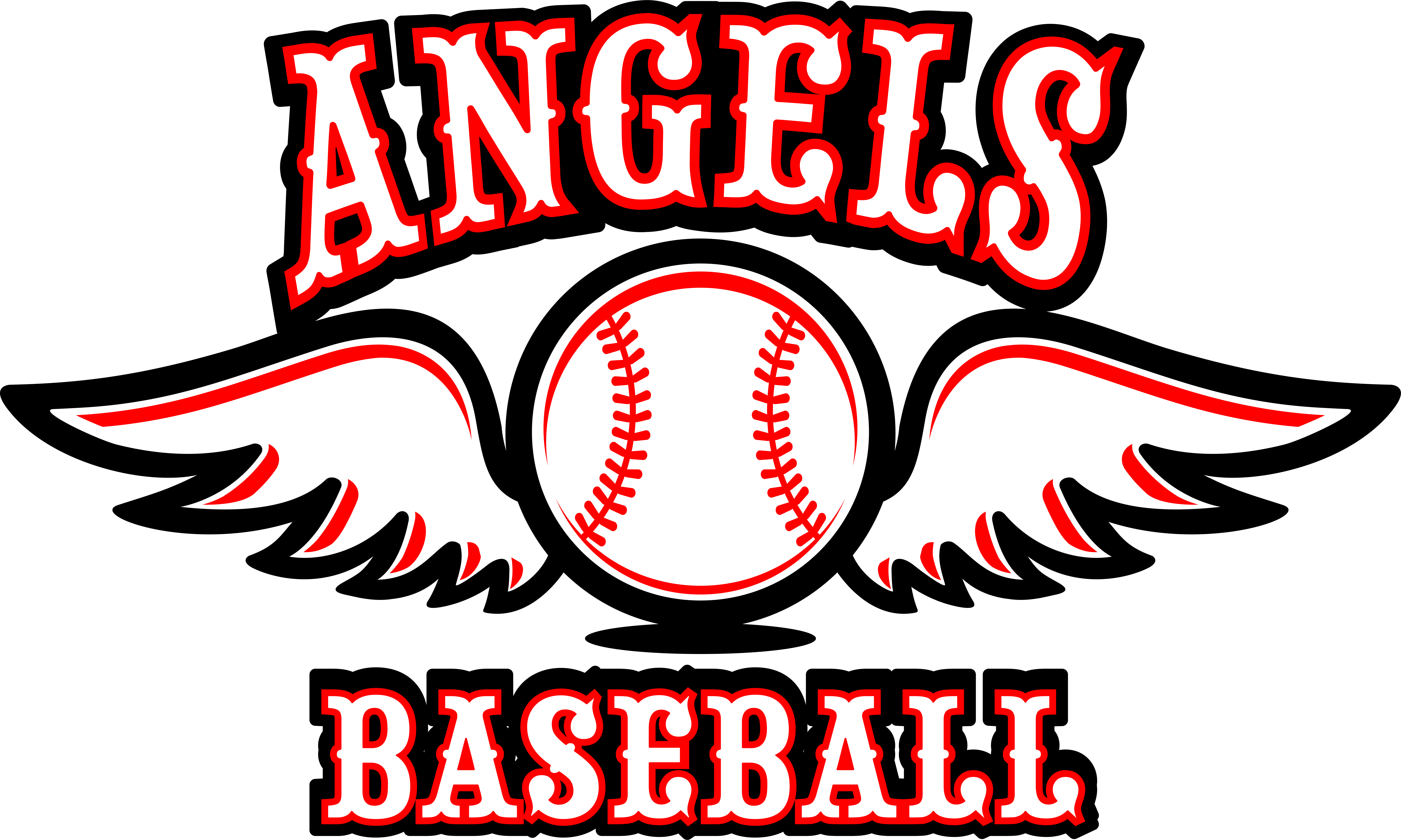Know the Game
“Know the game” has been a constant theme this Winter with our Hitting sessions. We have been heavily focused on hitting in various situations; trying to take as many swings in game situations as possible. We can strive for the perfect swing but we are falling short if we’re not seeing off-speed pitches or being challenged mentally. I see a lot of ‘pretty’ swings, but those pretty swings often become off-balanced swings in the Spring because the highly paid instructor isn’t focused on the game between the ears.
Our sessions have been structured in the following way: drill work off the tee followed by underhand front toss followed by BP rounds. The drill work, for the most part, is player specific. This is where we are trying to fix individual issues, striving for that ‘pretty’ swing. That focus on issues takes a back seat during BP rounds. We’ll start with Sacrifice bunts (back to this in a second), then an opposite field round (let’s keep the front side closed and hands inside the ball), a few hit rounds, a round or two where we mix in curveballs, and we finish with situational rounds.
When we first started our sessions, we discussed Sacrifice bunts. Where do we bunt the ball with a runner on first? How about a runner or second or first and second? Some guessed correctly but it was just that, a guess. None could explain the why behind the answer. In their defense, I strongly doubt more than 5 out of a hundred high school players probably could tell you the why. Some of the players may never (and probably should never) bunt in a game. But, they need to know the why. The knowledge of where a player should bunt the ball will not just help offensively, but it will also help the player defensively. A first baseman (the most unlikely to lay down a bunt themselves) should know that they are the target of a bunt if there is only a runner on first base. Knowing they are the target should prompt them to explode off the bag when a pitcher commits to home. Because so few teams work on this offensively, very few can execute the defensive portion.
The BP rounds, as mentioned above, are built as a progression towards situations. The goal is that players have had plenty of swings and have seen off-speed pitches by the time we get to situations. We have covered several over the past few weeks: Runner on 1st w/no outs (get the ball in the air); runner on 2 w/no outs (drive a ball to right-center gap); runner on 3rd w/no outs (get the ball in the air); etc. Prior to the rounds, we discuss the goal and why. Oftentimes the mindset w/a runner on 2nd and no outs is to ‘punch’ a ball to right. This results in a weak effort on the swing and either a weak ground-ball or a soft pop-up. If a coach wanted a player to get out, they would call for a sacrifice. The mindset should be to replace the runner at secondbase with a double to right-center. And in this case, we are locked in on a ball that gives us that opportunity. For a righty, its a ball away; for a lefty, its a ball inside.
I really have become less surprised with the lack of knowledge from players. I think there are a few reasons. First, I believe there is more focus on the individual than on the team. When a player is focused on ‘me’, they are less likely to care about the situation and more in tune with just trying to crush a ball somewhere. When focused on the team, I believe they care more about the situation and trying to execute what they should do in order to score the run, even if it means sacrificing themselves. Second, I truly believe coaches aren’t teaching the game and simply focused on teaching skills. Skills are just a piece of the puzzle. Skills look better when a player uses them in a way that is called for given a particular situation. You can hit a bullet line drive to left with a runner on secondbase and no outs; but if the runner doesn’t move up, it’s simply an F9 in the books and the runner doesn’t advance.
The best way to get out and learn the game is to watch the game. Go to a local college game or even another high school game. Sit in the stands and simply watch. It’s always best to go to the game with someone else (who hopefully is going for the same reason) where you can discuss the game. Talk about where players are moving and why a ball was to one base instead of the other. It’s a simple, and the best way to learn it. Because if you’re not learning it, you won’t be getting the most out of the skills you work so hard to improve.

